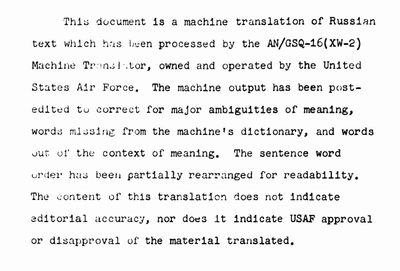
Many of the great things that Hubble did have been previously discovered by a shy, disregarded and lesser-known scientist. Meet Vesto Slipher, who dodged all opportunities at becoming famous, including the discovery of Pluto (predicted by his former boss and confirmed by his employee when he took over) and the recognition for the expansion of the Universe, which he had established a decade before the shaking report that would make Einstein recognize the biggest blunder of his life. I challenge you to remember his name tomorrow.
Here is the conclusion slide of a tribute to Vesto:

He interests us for the duration of this text, for his discovery of the continuous spectra of certain gaseous nebulae.[1] It was already known (since Huggins) that nebulae could have spectra that were either continuous or with discrete lines, but the sensation was from the discrete lines, revealing that nebulae were gaseous (cosmic dust). The continuous spectrum was thought to correspond to many stars composing the nebula. This is how Huggins—the spectroscopist of stars—relates his discovery, as reported by William Watts in his beautiful book An introduction to the study of spectrum analysis:

It was, therefore, for Slipher to rediscover continuous spectra of the one and same nebulous object (not some superposition of disconnected stuff). The observation of continuous spectra was extended and generalized considerably by Hubble[2] a decade later.
Page[3] observed the first continuous spectra in the visible range. Here is a selection of some of them:

These could not be explained until Kipper[4] and Spitzer & Greenstein[5] independently understood it as a two-photon transition process.
Spitzer and Greenstein comment that
this process had already been considered [...] more recently by A. Y. Kipper; no details of Kipper’s work are apparently available in this country
This is an understatement. Beyond no detail being available, what I found is very confusing material regarding this discovery from Estonia. I could not find the original Kipper text, which seems to be reproduced in a mysterious Israeli project of translating scientific Russian texts (I couldn't find this book online either but one can get it here). What is particularly enigmatic is that references to it are to some strange compilation of abstracts, of the form "O Razvitii Sovetskoi Nauki v E'stonckoi S.S.R." (translating as "On the Development of Soviet Science in the Estonean S.S.R."). This is on p°316 if someone ever finds this source, and more importantly for our historical records, from 1950. Even Kipper himself, in his later publications, refers to this 1950 text in this way. This is, for instance, the first Reference from "Теория двожного излучения световйҳ квантов для атома водорода":[6]

and this is Ref. 2 from "Он непрерйвном спектре галактическиҳ туманностей":[7]
and when you'd think you've seen it all, you also stumble upon such beauty as the US military, automatically translated versions of Russian scientific works. Look it up for yourself.

There is what might be a close counterpart to the 1950 Kipper "paper":

There are other (later) papers by Kippers worth one's attention.[8]
References
- ↑ On the spectrum of the nebula in the Pleiades. V. M. Slipher in Low. Obs. Bull. 2:26 (1912).
- ↑ A general study of diffuse galactic nebulae. E. P. Hubble in Astrophys. J. 56:162 (1922).
- ↑ The Continuous Spectra of Certain Planetary Nebulæ A Photometric Study. T. L. Page in Mon. Notices Royal Astron. Soc. 96:604 (1936).
- ↑ Template:Kipper51a
- ↑ Continuous Emission from Planetary Nebulæ. L. Spitzer Jr. and J. L. Greenstein in Ap. J. 114:407 (1951).
- ↑ Teoriya dvojnogo izlucheniya svetovyh kvantov dlya atoma vodoroda (The theory of dual radiation light rays of the hydrogen atom). A. Ya. Kipper in Pub. Tartu Astr. Obs. 32:63 (1952).
- ↑ On nepreryvnom spektre galakticheskih tumannostej (The continuous spectrum of galactic nebulae). A. Ya. Kipper in Pub. Tartu Astr. Obs. 32:327 (1952).
- ↑ The Processes of the Disintegration of Light Quanta and Their Significance in the Physics of Gas Nebulae. A. Ya. Kipper and V. M. Tayt in Probl. Cosmogeny 6:109 (1964).